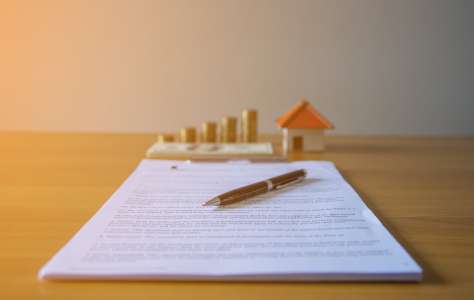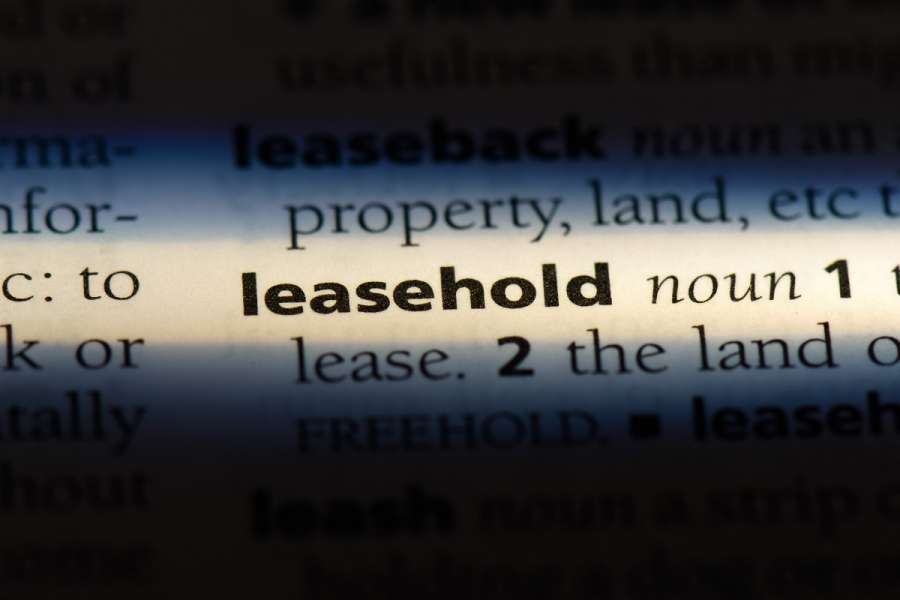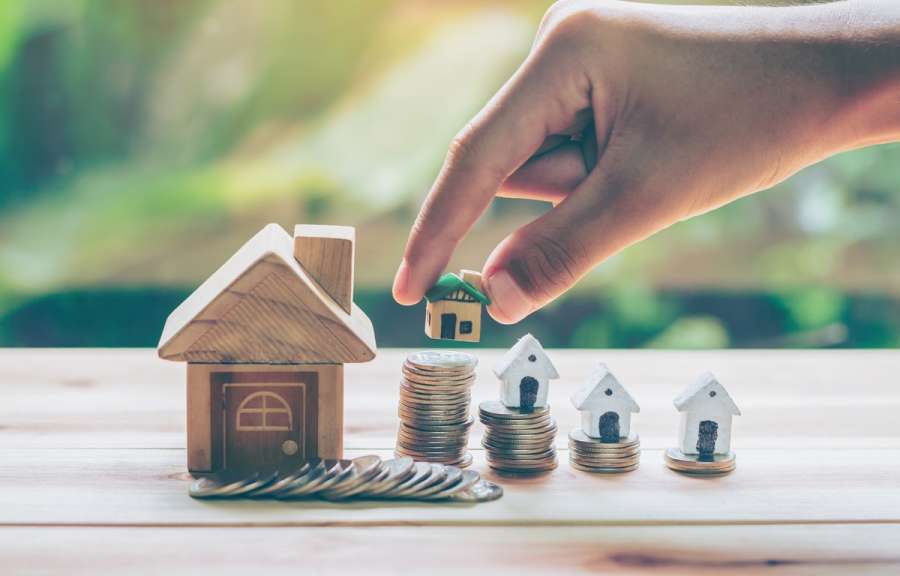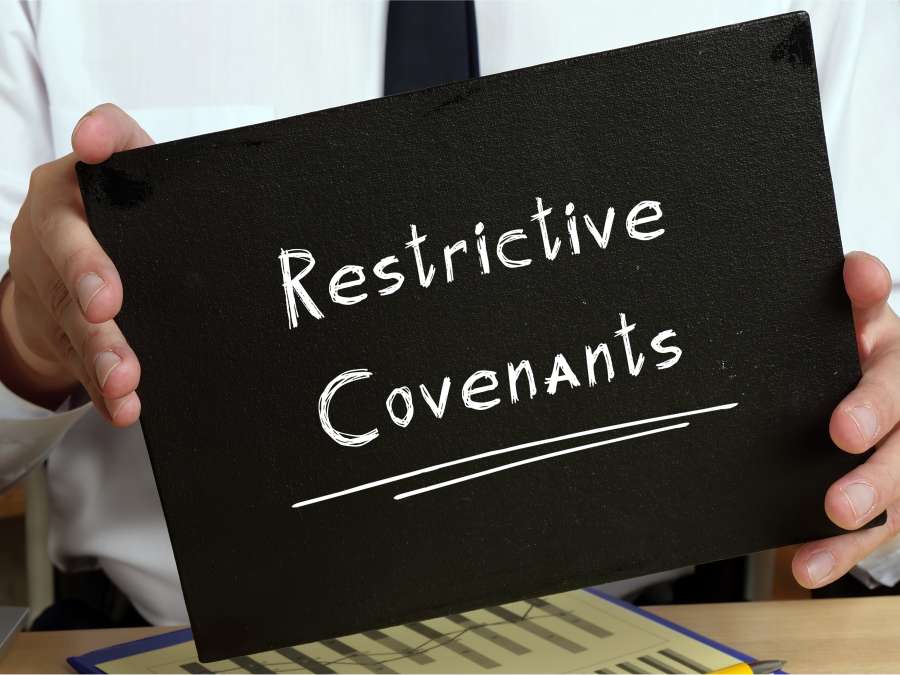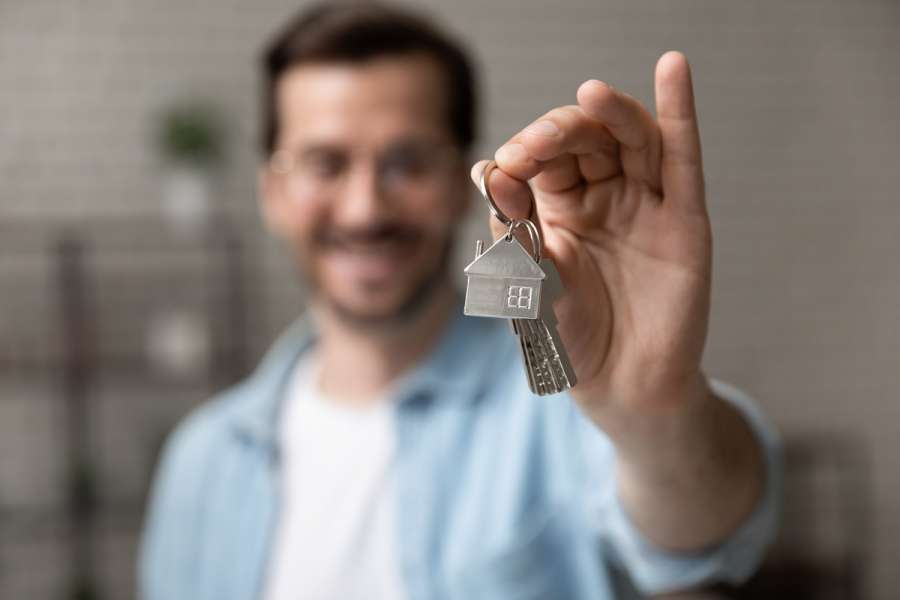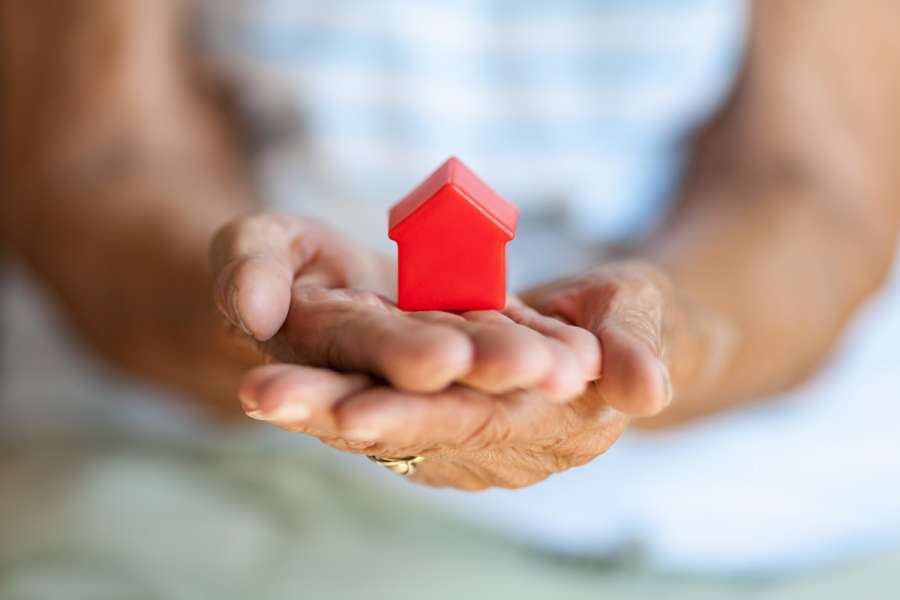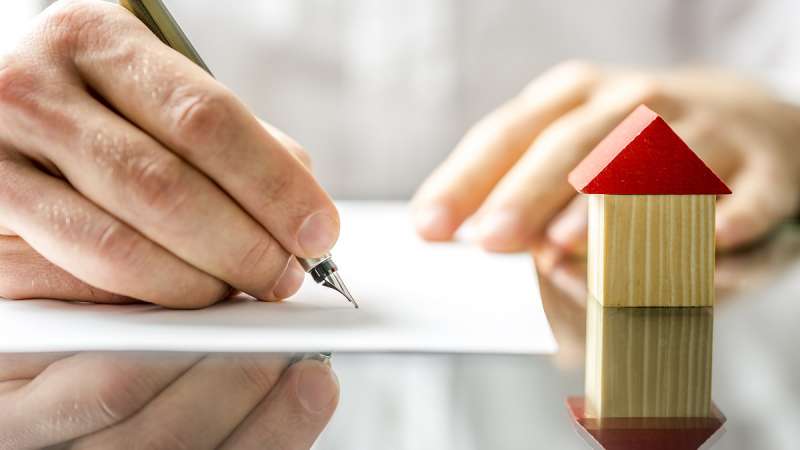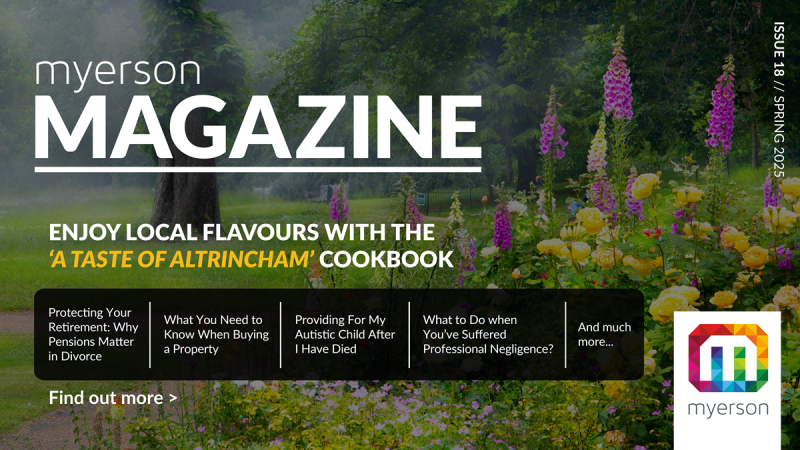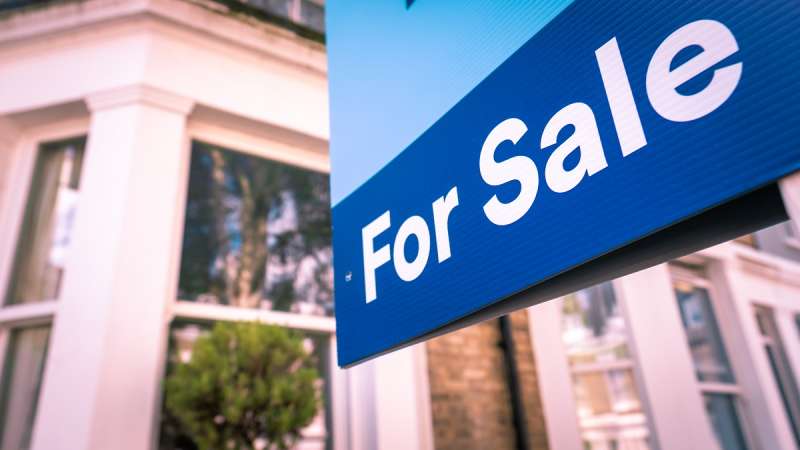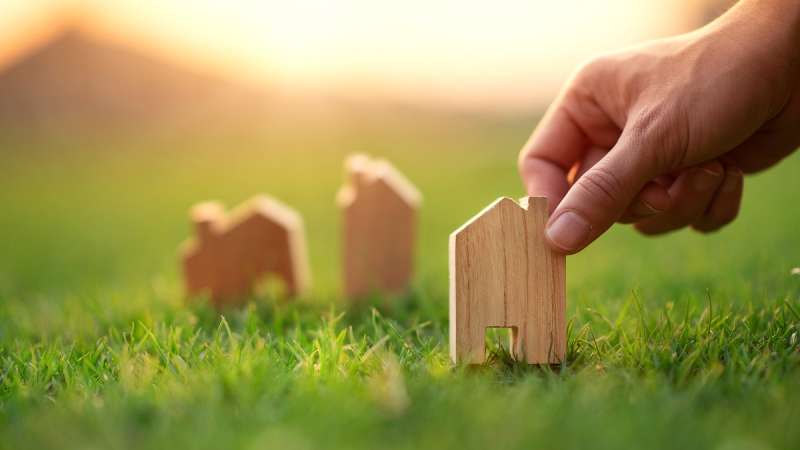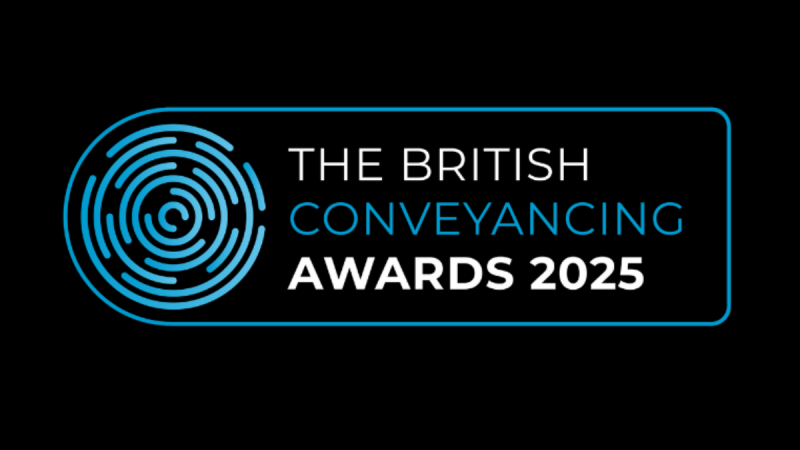Leasehold remains a very common form of property title, particularly in the North West.
According to the latest statistics from the Ministry of Housing, Communities and Local Government, 27% of properties in the North West are leasehold – the second highest proportion after London at 36%. By contrast, leasehold ownership in other regions of England ranges between 8% and 16%.
When you purchase a freehold property, you purchase the building itself and also the land on which the building lies. When you purchase a leasehold property, however, you own the building for a fixed period of time, known as the term of the lease, and you are “leasing” the property from the freeholder, who owns the land the property is built on.
The parties to the lease are yourself, the leaseholder or tenant; the owner of the land, being the freeholder and known as the landlord in the lease, and there may be a management company whose responsibility it may be to maintain common areas.
A typical lease term could be 99, 125, 250, or 999 years, but once the lease expires, ownership will return to the freeholder unless you apply to extend it.
It is important to keep up to date with how many years are left on your lease, as the property becomes less valuable as the lease term reduces. Generally speaking, mortgage lenders are reluctant to lend on properties with less than 80 years left on the lease.
